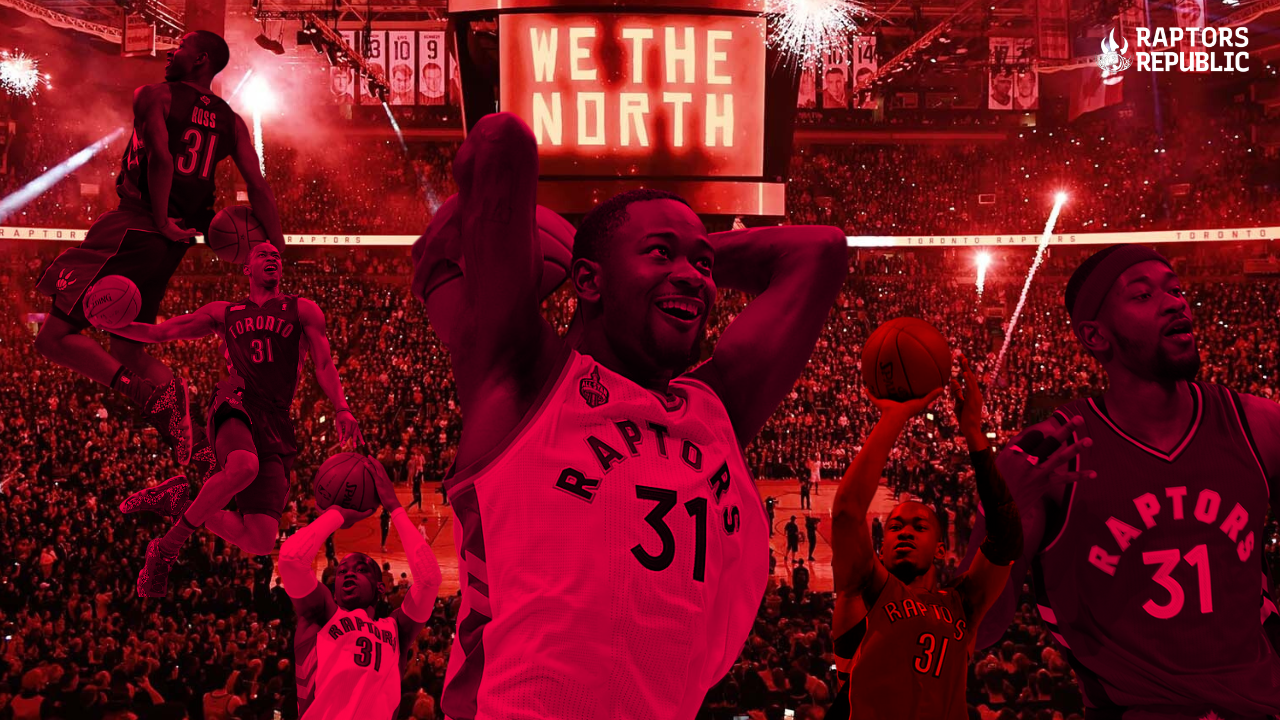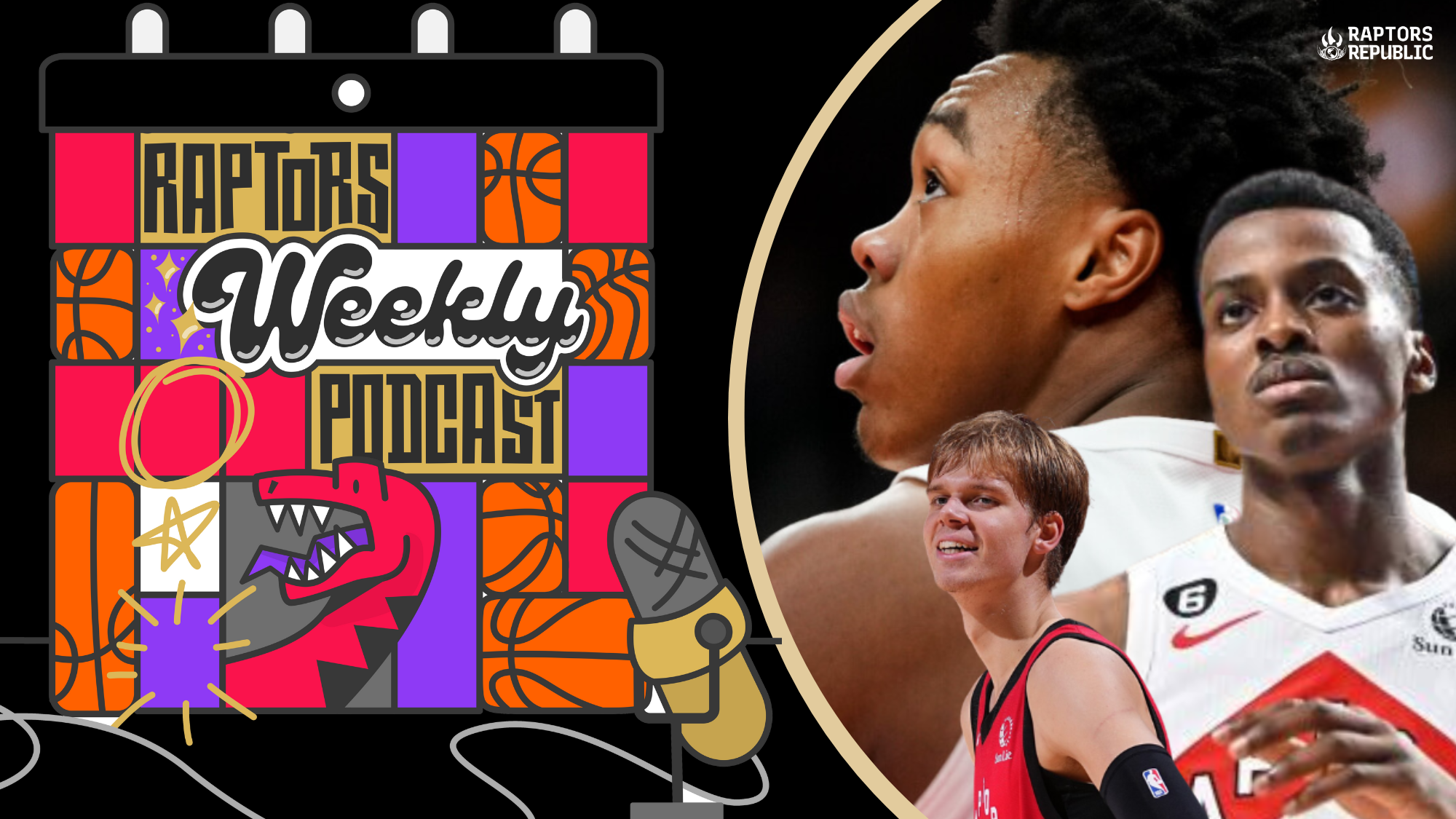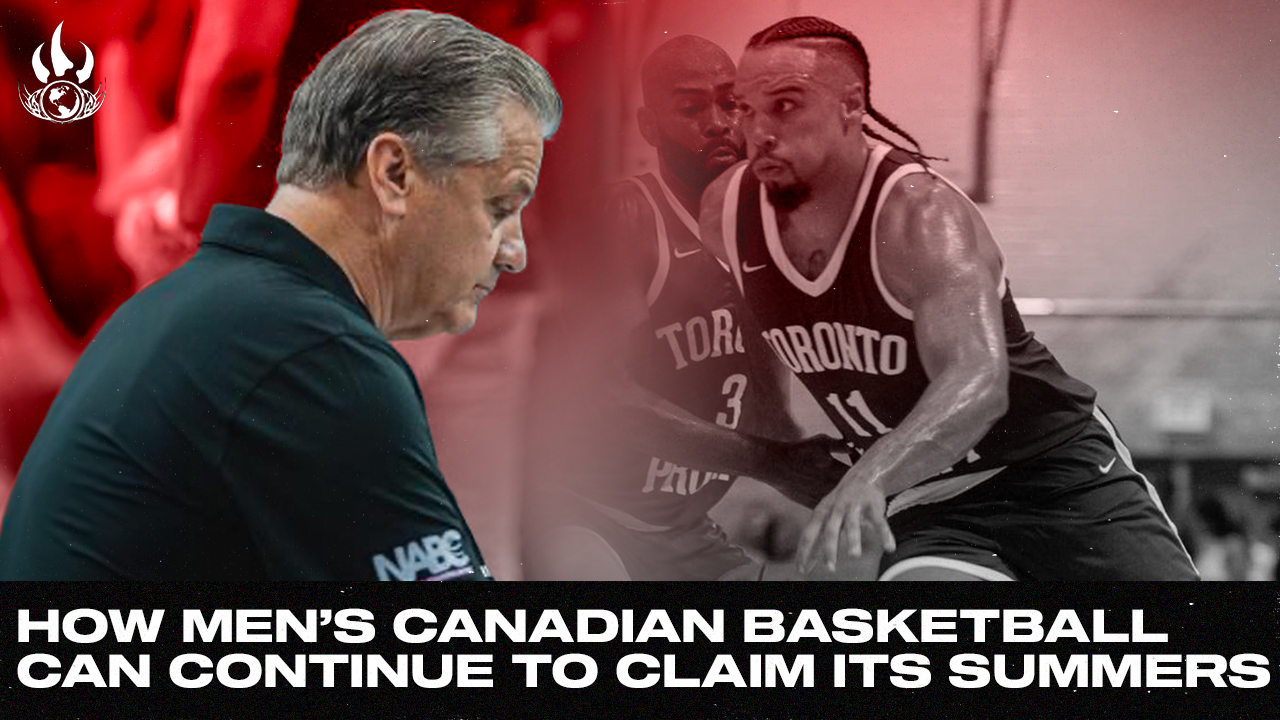Three years after Steph Curry was drafted, and slightly before the NBA knew it was about to enter a 3-point revolution, the Raptors drafted Terrence Ross. A sophomore out of Washington who wasn’t necessarily the straw that stirred their drink, but the most potent scorer out of a trio of players who all made the NBA (Ross, Tony Wroten, and C.J. Wilcox). A player who was futuristic in approach, endlessly talented, and a hell of a lot of fun while he was in Toronto. Let’s talk about it.
Forming up off of Wroten’s rim pressure and ability to collapse defenses was the perfect context to prepare Ross for his first meaningful role in the NBA: forming up off of Kyle Lowry & DeMar DeRozan – two of the best drivers at their respective positions. In his rookie year, Ross only scored 6.4 ppg, so nothing stands out as his style in particular. He was opportunistic, had very little run for him, and just had to hope that the drive and kick would find his hands, or he would have the best lane in transition.
The game that best showcased what Ross would become known for? November 27th, 2012 against the Rockets. 19 points, 3 dunks — all of which showcased the tremendous athleticism that would later earn him a dunk contest victory — elite footwork navigating pin-downs, bouncy traversal across the court, and of course, a made 3 shaping up off of a side pick n’ roll. Hallmarks of his time with the Raptors.
A couple blasts from the past in here: Obviously, Ross’ navigation of the pin-down with Daequan Cook shooting the gap is picture perfect, but it’s so crazy to see the pin-down set so low and a shooter of Ross’ quality sliding into space for a long middy instead of working himself behind the line. Secondly, Ed Davis sets a great impromptu screen here, but to see the Raptors positioning someone at the nail as an outlet for the pick n’ roll? That just doesn’t happen anymore.
And here’s a little nostalgia hit for everyone:
He had better games and worse games over the course of his rookie season, but the groundwork for a ton of his success (and his sky-high potential) were clearly laid out against Houston. Some of that potential? A jab series out of the corner where he shifts his defender, slides past Jonas Valanciunas’ screen and rises up, smooth as ever, for a jumper; and in the background you can hear Leo Rautins say: “and that’s the other part Matt, he can shoot it off the dribble.” One of the ultimate roadblocks in scaling your usage? Shooting off the bounce.
The other thing? Ross slightly probes off of a DHO with Bargnani, sees the paint open up and gathers into it before throwing down a tomahawk dunk in the halfcourt. Really rare athleticism, and a playtype that would be emulated (and significantly more often) by one of the best tertiary scoring guards of the past 5 years – Norman Powell.
In this game we even got the Charmander of Kyle Lowry’s ‘leave behind and be an obstruction in transition’ passes.
When you zoom out, Ross’ early years with the Raptors were a great snapshot of what the shooting guard/small forward position would become for tertiary players. First and foremost, a great sense of how to navigate threes and form up off of drives for shooting. Secondly, having enough athletic pop (and the occasional highlight) to threaten downhill pressure against wild closeouts, and an above-average/borderline elite touch in the mid-range game to score over rotations that come high. A little bit of craft for second-side actions, and the potential to explode for big games if teams forgot about him. He had star qualities, but like many of the explosive, intriguing guards who fill out championship rotations, he found limitations that stopped him from progressing that way. For Ross, the limitations were as a passer, and with his strong aversion to contact that limited his drives and free throws.
Even defensively, he made his money early on by stab-stepping around screens, providing really solid nail defense, and ball-hawking around the floor. Court coverage, range-y playmaking, he was prototypical for how so many players would come to succeed. He wasn’t the first, wasn’t the most dominant, but when you’re at the beginning of an era of style, you get to be part of the recognition of that style. It’s for that reason that Chris Bosh is one of the most important defensive bigs of the 2000’s – never in consideration for DPOY’s or All-Defense spots, but he was a good, and extremely mobile big man just as teams were starting to play more aggressive pick n’ roll defense.
Some players show everything early, and that was Ross on a night in Houston. He had that same game many times in his career. A DeMar DeRozan rookie game? There’s a very stark contrast to what he became later on in his career. It really speaks to how talented Ross was coming into the league, and how well-suited his playstyle was for what the NBA would become. He didn’t have to change much at all, and he was great for what was asked of him.
The star leap never came for Ross, as it did for a few others, but there’s only room for so many stars in this league; and Ross did a wonderful job elevating the ones that he played with. Really cool player.
Have a blessed day.



